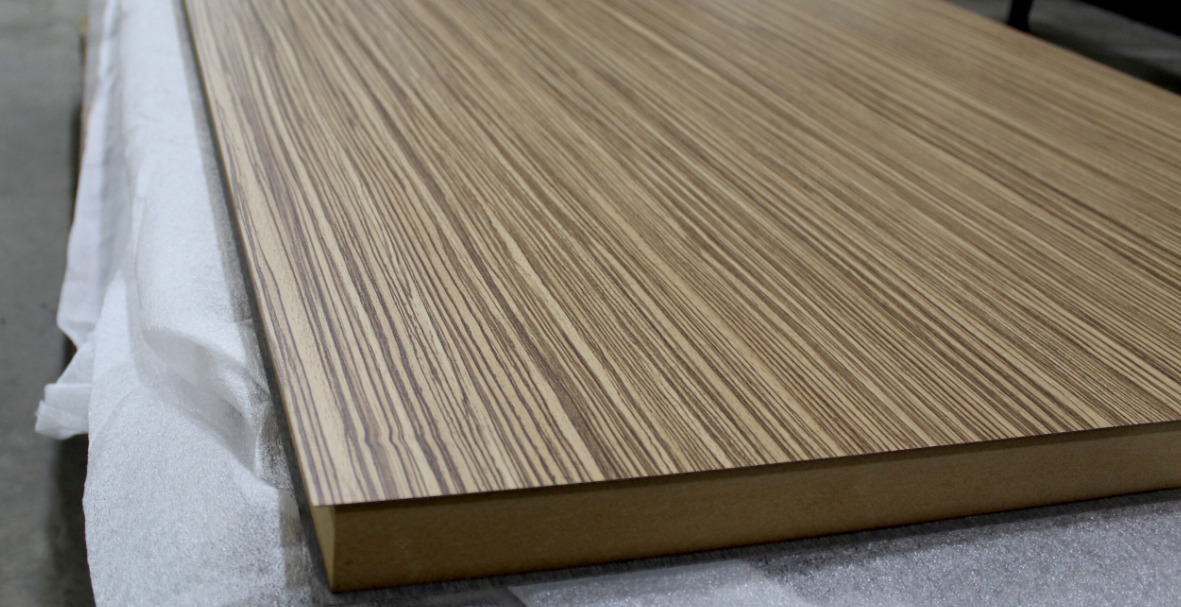Melamine boards are a popular choice for many artists. They're cheap and easy to find, but their smooth surface can be tricky to paint. If you're struggling with how to paint on melamine boards, here are some tips for getting started.
Prepare your Work Environment
Before you start, prepare your work environment so that you don’t get paint on anything but the board itself. Lay down newspapers or drop cloths over any surfaces that might be damaged by splattering or overspray from applying the first coat. Make sure there’s adequate ventilation in the room where you will be working as well as adequate lighting so that you can see what you are doing clearly.
Roughen the Surface
You’ll then need to roughen up the surface of your board so your paint has something to grip onto. This will make it easier for the paint to stick and reduce the possibility of peeling later on down the road. You can use sandpaper or grit paper if you want a rougher texture, but its found that using sandpaper works just as well – it’s softer so you don’t want to go too crazy with it! Just lightly rub over the surface until there are no shiny spots left; this should take only a few minutes at most.
Dust off the Board
Remove all dust particles from the board with a vacuum cleaner before painting it. Do not apply any primer or paint if there are any dust particles stuck on the surface of your board as this will affect the quality of your paint job and may cause chipping later on. You can also use compressed air for this purpose if there are stubborn dust particles stuck in corners or edges of your board where you cannot reach with a vacuum cleaner.
Apply the First Coat
After you have cleaned your melamine board, it's time to apply your first coat of paint. There are several different types of paint that will work on melamine boards including latex and acrylic paints as well as polyurethane finishes. Since there are so many options available, we recommend testing out several different types of paint before committing yourself to one particular type of finish.
Apply all other Subsequent Coats
Once your first coat has dried completely (24 hours after application), apply a second coat of paint using the same method as before: Use a brush for corners and edges, or roll out onto an area about 2 feet by 3 feet if you want to paint faster. Apply thin coats instead of thick ones to avoid drips and runs on your board's surface. Allow each coat to dry completely before applying another layer of paint; this will ensure that each coat has properly adhered to the board.
Cure the Board
Allow at least 24 hours after applying the final coat of primer before adding any additional layers of paint or varnish. This helps ensure proper curing time for all layers applied before further work can be done on your project.
Conclusion
Melamine boards are an awesome addition to any DIYer's collection. They are super cheap, easy to paint and can be used for tons of different craft projects. Whether you are a crafter, artist or just looking for a cheap alternative to make your photographs stand out — melamine boards are worth your time! If you can find a paint that dries and remains flexible, it will work for your purpose. Something to think about though - Melamine Foam board is very porous and will allow the paint to sink in creating a darker look from the original colour.

